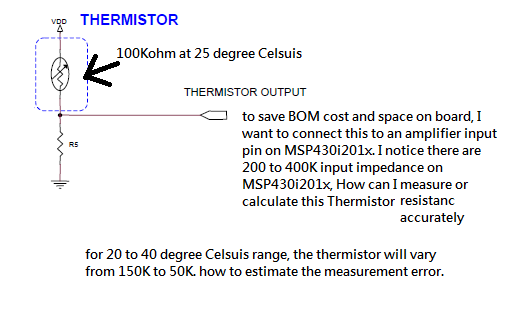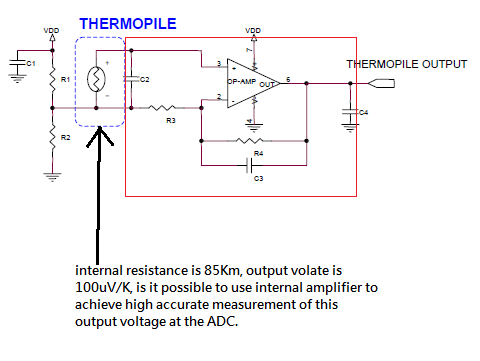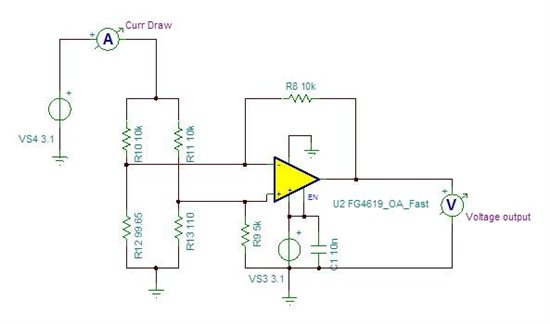I have few questions for this family
I couldn't find any distributor has any chip in stock of this family. when will it be available?
the input impedance is about 200~400K. If I am going to use it with a thermopile,I want to connect the thermopile
directly to the amp inside this MPS430i202x. can I get high accurate measurement on the output of ADC side?
my design target is to use an analog thermopile and MPS430i202x to build a thermometer with minimum component count. thanks




